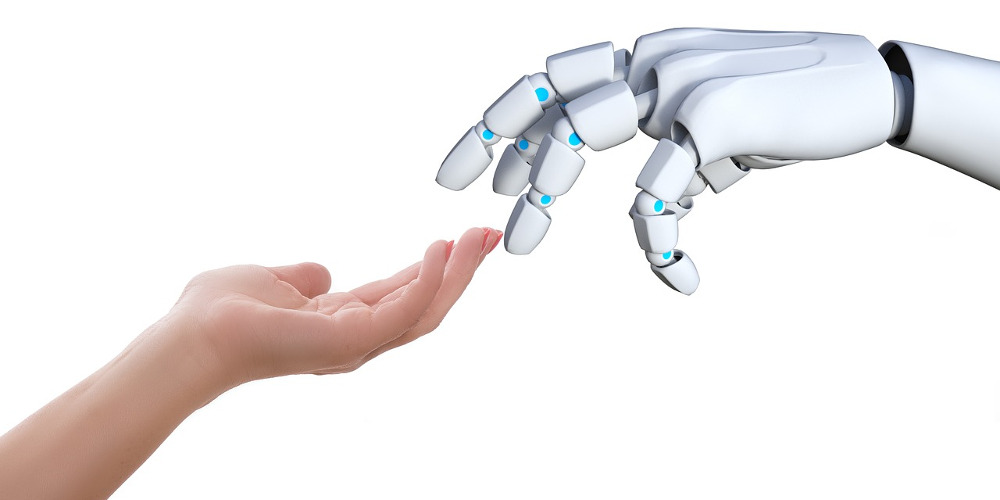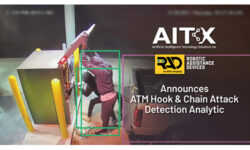Learning to Do the Robot: How the Security Industry Can Embrace Robotics
Thought leaders lend a state-of-the-market view with the latest developments, applications, projections, regulatory issues and challenges in robotics, drones and AI.

Although fatal automobile accidents involving self-driving and driver-assisted cars earlier this year may have thrown a wet blanket on market, robotics and artificial intelligence (AI) remain red-hot conversation starters for myriad industries and technology buffs.
Tragic though those incidents are, they figure to become blips on a radar screen that will soon be overrun with robotic bleeps.
While there are still numerous technological, societal and legislative hurdles to clear, these technologies are already impacting security with video analytics innovations and the deployment of automated ground (UGVs) and aerial vehicles (UAVs) for perimeter protection of commercial/industrial properties, as well as guard replacement.
According to ReportsnReports.com, what it calls the smart robot market is forecast to reach $14.29 billion by 2023, from $4.94 billion in 2018, at a CAGR of almost 24%.
These gains, according to the source, will be driven by the growing adoption of autonomous robots for professional services, emerging technological advancements in the field of robotics, increasing investments toward industrial automation and growing government aid for R&D of AI-enabled robots.
Meanwhile, the research firm says the robot software market is expected to grow from $1.14 billion in 2017 to $7.53 billion by 2022, at a CAGR of almost 46%. Recognition software is estimated to hold the largest chunk of this market.
Those robust growth projections are all well and good, but those who have spent any time in the security ranks know all too well the industry is slower to adopt and adapt to new technology introductions than many others.
There is sensible and logical rationale for this in that security is a life or death concern and therefore not conducive to beta-testing or experimentation. In particular, why introduce any possible risk to a security dealer’s or integrator’s clients or those providers’ profitable businesses when what’s already in place works reasonably well?
You can devil’s advocate that all you want but it is the basic reality. However, consumer and competitive pressures in concert with the explosion of mobile and connected devices have hastened that a bit.
Nonetheless, home automation was decades in the making and likewise robo-security ubiquity will also not happen overnight. Just ask Sharp, which has just suspended its aggressive and costly push of the award-winning, high-end INTELLOS UGV product, having apparently overestimated the market’s speed of change.
Seasoned security pros are impervious to hype and cast a wary eye upon new market entrants touting unproven “breakthroughs” or “revolutionary” products yet to be fully field tested.
When robotics and AI make their inevitable ascent as security staples, it will be because those technology vendors listened, responded and supported their channel partners.
“We believe analytics, and especially deep learning, are still in the early stages of development,” says Hanwha Techwin’s Tom Cook. “AI, as a term, is overused and overhyped. We believe the industry needs to stop using the term AI so freely and instead focus on machine learning and deep learning. True AI is a long way off, and we should reserve the term until we actually get there. We have a robotics division within Hanwha Techwin, and we are carefully looking at how we can jointly develop a way to use robotics with our video and analytics solutions, but it’ll be a while longer before we have a marketable product.”
Regardless of how one defines AI, some form of it literally serves as the brains behind security robotics, and so it is the first of four areas separately explored in the features below. The others are UGVs, UAVs and counter-drone technologies.
Where Does Artificial Intelligence Fit in the Security Industry?
How UGVs Can Effectively Act as Force Multipliers for Security Patrols
Is It Time for the Security Industry to Embrace Drones? Here’s What Experts Say
A Beginners Guide to Counter-Drone Opportunities
As mobile and stationary robots and drones are increasingly applied to security functions, it becomes essential for systems integrators to better understand the terminology and technology, as well as keep up with advances and opportunities.
If you enjoyed this article and want to receive more valuable industry content like this, click here to sign up for our FREE digital newsletters!

Security Is Our Business, Too
For professionals who recommend, buy and install all types of electronic security equipment, a free subscription to Commercial Integrator + Security Sales & Integration is like having a consultant on call. You’ll find an ideal balance of technology and business coverage, with installation tips and techniques for products and updates on how to add to your bottom line.
A FREE subscription to the top resource for security and integration industry will prove to be invaluable.








